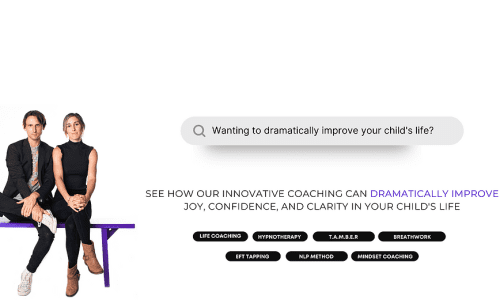The interaction between doctors and patients has been drastically altered by the passage of time. The electronic factor has changed the doctor-patient relationship with the advent of computers in healthcare. Although electronic records have many advantages, there are also some drawbacks. There have been some issues with patient satisfaction that can cause disruptions in the doctor-patient relationship. Patients are becoming increasingly upset by the fact that their doctors spend less time with them, since computers have been widely used in healthcare. The medical scribes offer many benefits , including a better physician-patient relationship.

Documentation can interfere with doctor-patient relationship
Many doctors might fall behind due to the increased documentation requirements. Many patients feel like their doctor is sitting across the room, clicking away and typing, without paying much attention to their concerns. Patients can be further upset by staff and provider problems with the computer. If clerical errors or lagging note completion cause delays in treatment and services, it can also lead to patient frustration. Unfulfilling experiences can lead to unhappy relationships, which can impact any relationship.
Different approaches to managing EMRs
There are many ways to handle the electronic record keeping’s documentation burden while still taking full advantage of its potential. One approach is physicians doing it themselves. This is likely closer to the desired result of mandates that require electronic record keeping. Medical scribes are another solution to the EMR problem. They are becoming more popular and more productive. The potential for huge improvements in healthcare scribes is similar to the transition to EMRs. However, there are still challenges.
When considering healthcare, the patient is of paramount importance. The transition to electronic records is no exception.
It is important to examine the effect of increasing documentation requirements on patients and, more specifically, the doctor-patient relationship. Each of these options, whether physicians are handling the documentation themselves or Medical scribe training, have a different effect on patient care and physician-physician relationships.
DOCTORS FIX EHR DECREASES CONTACT
Many people prefer to do it themselves, especially when saving money. Some healthcare professionals feel confident enough with their computer skills to attempt documenting their own. Although this is not always a success, it is possible to document on your own with some success. However, the time that you spend with patients is reduced in order to keep the process moving at an efficient pace. Instead, Mittler, Banerjee and McDaniel (2016) discovered that providers who were responsible for documenting in EHRs compromised psychosocial and emotional information sharing. This can have a negative effect on doctor-patient relationships, which can lead to poor patient care. The potential benefits of EHR self-documentation may be attractive to physicians and facilities. However, serious complaints can be withheld by patients if the doctor seems too busy.
SCRIBES INCREASE CURATIVE COMFORT LEVEL
Although medical Scribes may be a solution to problems such as doctor-patient interactions online, it is not without its challenges. The patient-physician relationship has a fundamental quality: its exclusivity. Because the information being discussed is personal, it is understandable that there is a reluctance by both parties to allow additional persons in the company other than family members and healthcare professionals. Koshy and Feustel, Hong and Kogan (2010) found patients at a urology clinic felt comfortable sharing information with a scribe. This is particularly important considering that urology complaints are likely to be more personal than other specialties. Saver, Sullivan and Chuman (2017) also found similar results in primary healthcare.
This study found that less than 10% of patients were willing to have a scribe accompany them during their visits. Patients who had a medical scribe during their visits reported feeling comfortable and not wanting to change what they were told by their doctor.
Yan (2016) and colleagues (2016) found similar results in primary care settings regarding patient comfort levels. Patients also felt that their providers were more attentive in this study. This comfort level and patient-centricity are essential for the integrity of the doctor-patient relationship. These findings about how scribes impact that comfort can be very helpful in analysing the effects of medical scribes upon doctor-patient relationships.
ACMSO provides Advanced Medical Scribe Training. It is a physician-taught online medical scribe certification that has real-life practice modules instead of quizzes to prepare you and give you clinical experience.
My experience has shown that scribes have been trained how to use their judgment and leave rooms or omit themselves altogether when discussing sensitive topics. I have been instructed by providers to take notes and then sit down with a patient before they leave. Other times, if a sensitive issue arises during a visit, the provider will likely have some form of HIPAA sensitivity training and be able to use good discretion in deciding whether they should quietly and quickly excuse themselves.
The Perception of the Patient about a Medical Scribe
I am reminded of some of my early scribing experiences by speaking of patient anxiety with scribes. Patients received me differently depending on my population. My initial reception was not always warm. One example is the older doctor whose patients had been with him for many decades. This was one of my first primary care providers. Many of these patients were over 70 years old and many expressed distrust in computers and the federal government. You can imagine their feelings when I told them that the federal government had forced computers into their healthcare.


